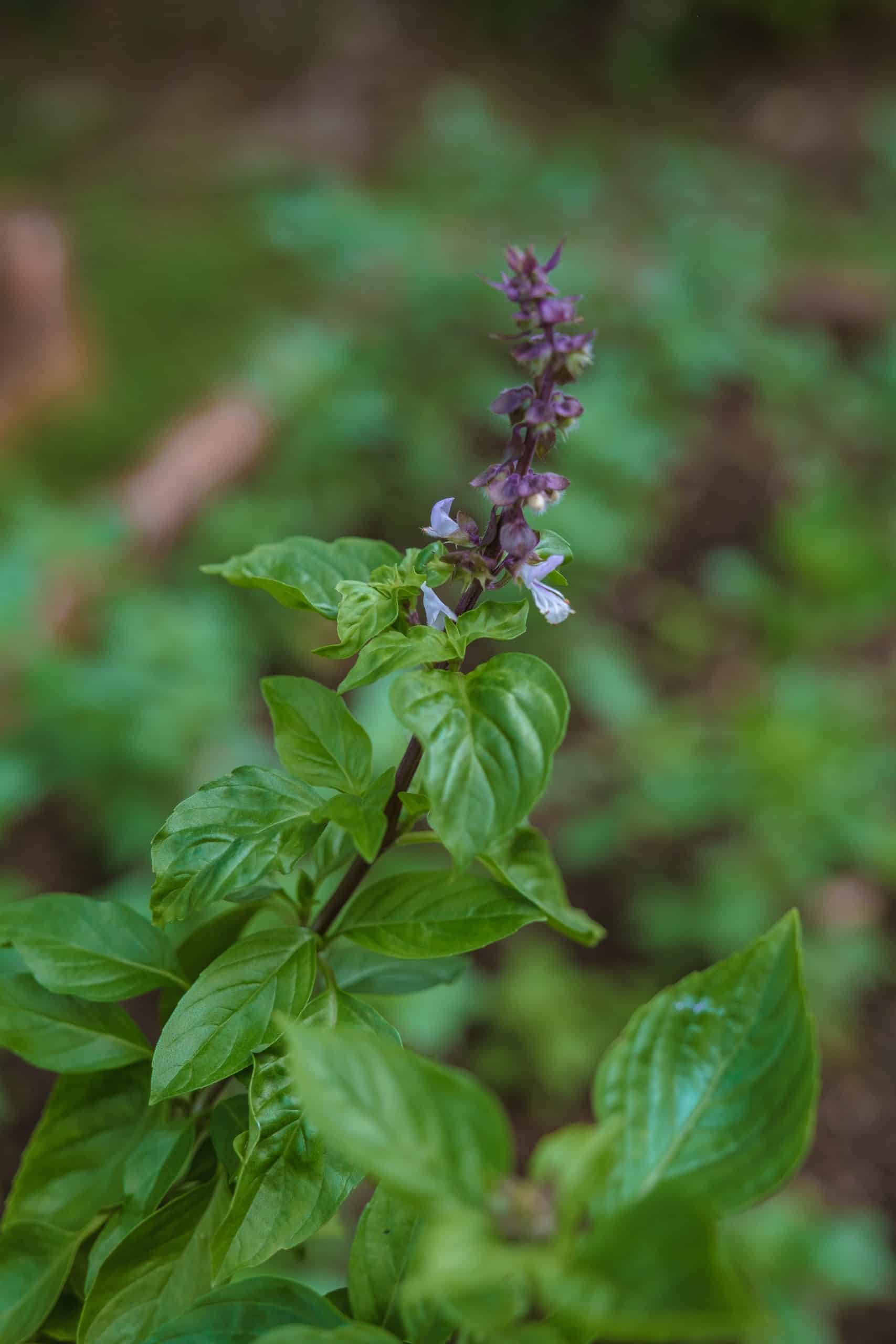How Can You Incorporate Biodegradable Materials into Your Wardrobe?

Ladies, we’re all aware of the environmental impact our wardrobe choices can have. The fashion industry is one of the most polluting sectors in the world. As consumers, we hold the power to demand change with our purchasing decisions. Increasingly, we’re seeing a shift towards more eco-friendly options in clothing. This article will educate you on how you can start incorporating biodegradable materials into your wardrobe. Not only will these sustainable choices help you reduce your environmental footprint, but they also offer unique, stylish alternatives for your fashion needs.
The Impact of Clothing Production on the Environment
Before we delve into how you can start integrating biodegradable fabrics into your wardrobe, it’s crucial to understand why this shift is necessary. Clothing production has a massive, and often overlooked, environmental footprint. The process of manufacturing clothes involves water pollution, toxic chemical use, and massive amounts of waste.
A découvrir également : How to Select the Right Fabric for a Flattering Empire Waist Dress?
The environmental impact only continues after purchase, with washing and drying clothes contributing to water and energy waste. However, one of the most significant issues lies with what happens when we’re done with our clothes. Every year, we discard millions of tons of clothing into landfills, where it sits for centuries, slowly decomposing and releasing harmful greenhouse gases.
Understanding Biodegradable Fabrics
When we talk about biodegradable fabrics, we refer to materials that can naturally decompose, leaving behind no harmful residue. These fabrics are a significant part of the solution to the waste problem in the fashion industry, as they can return to the earth without damaging the environment.
Lire également : What are the Latest Trends in Sustainable Lingerie?
Natural fibers such as organic cotton, hemp, silk, and wool fall into this category. Also included are innovative new materials made from food waste, such as pineapple leather and orange silk. These fabrics are not just environmentally friendly; they are also often softer, more breathable, and hypoallergenic compared to synthetic materials.
Why Choose Organic Cotton?
Cotton is one of the most commonly used fabrics in clothing. Yet, traditional cotton farming is notoriously damaging to the environment, involving high water use and copious amounts of harmful pesticides. Organic cotton, however, is a different story.
Organic cotton is grown without the use of synthetic pesticides and fertilizers, making it much more eco-friendly. Moreover, it’s biodegradable, meaning it breaks down quickly when composted, compared to synthetic fabrics that can take hundreds of years to decompose. Organic cotton also requires less water and energy to produce than regular cotton, making it a sustainable choice for your wardrobe.
How To Incorporate Biodegradable Materials into Your Wardrobe
Now that you understand the importance of biodegradable fabrics, let’s look at how you can incorporate them into your wardrobe. Firstly, look for clothes made from 100% natural fibers. Just because a clothing item contains organic cotton or hemp, it doesn’t mean it’s entirely biodegradable. Often, these fibers are blended with synthetic materials.
Secondly, support brands that prioritize sustainable production. There are many fashion brands out there committed to ethical and sustainable practices, and they need our support to continue making a positive impact.
Lastly, remember that every little bit helps. You don’t need to overhaul your entire wardrobe overnight. Start with basics like t-shirts and underwear, then gradually incorporate more sustainable pieces as your older clothes wear out.
The Future of Sustainable Fashion
Sustainable fashion is no longer a niche market. It’s becoming mainstream, with more and more brands offering eco-friendly, biodegradable options. In the future, we can expect to see even more innovative, sustainable materials hitting the market.
There’s no doubt that biodegradable materials are the future of fashion. By making conscious choices about the clothes we buy, we can help drive the demand for sustainable fashion, reduce our environmental impact, and still look stylish doing it. So, ladies, next time you’re shopping for a new outfit, consider the materials. Ask yourself – is it sustainable? Is it biodegradable? If the answer is yes, you’re on the right track to building a more environmentally friendly wardrobe.
The Rise of Second-Hand and Rental Fashion
In recent years, the fashion industry has seen a significant shift towards more sustainable practices. This includes the rise of second-hand and rental fashion. These two approaches offer additional ways to reduce the environmental impact of your wardrobe.
Second-hand fashion has become increasingly popular, and for good reasons. Purchasing pre-loved clothing helps to extend the life of a garment, reducing waste and the need for new production. It’s a great way to find unique pieces while supporting a more circular economy. But remember, it’s always important to check the materials of second-hand clothes. Try to focus on items made from natural fibers like organic cotton, linen, or hemp.
Rental fashion, on the other hand, offers a solution for items that you may only need for a specific occasion. Instead of buying a new dress for a special event and then never wearing it again, you can rent one. This approach helps to maximize the usage of each garment and reduce waste. Many rental services now offer a range of sustainable fabrics and environmentally friendly options.
Caring For Your Clothes in Eco-Friendly Ways
Another significant aspect of having a sustainable wardrobe involves how you care for your clothes. Taking a few simple steps can help extend the life of your garments, reducing the need for fast fashion purchases and minimizing your impact on the environment.
Firstly, wash your clothes less frequently. Overwashing can lead to wear and tear, reducing the lifespan of your clothes. When you do wash them, try to do so in cold water. This not only helps to conserve energy but also preserves the quality and color of your garments.
Secondly, try to air dry your clothes instead of using a dryer. Dryers use a significant amount of energy and can also damage your clothes over time.
Lastly, consider using eco-friendly laundry detergents. Traditional detergents often contain harmful chemicals that can pollute waterways. Eco-friendly alternatives have a less harmful impact on the environment and are often gentler on your clothes.
Conclusion: Making Sustainable Fashion the Norm
We all have a role to play in shifting the fashion industry towards more sustainable practices. By incorporating biodegradable materials into your wardrobe, purchasing second-hand clothes, renting items for special occasions, and caring for your clothes in eco-friendly ways, you can significantly reduce your environmental footprint.
Remember, the key is to make gradual changes. Don’t feel overwhelmed by the idea of overhauling your entire wardrobe overnight. Start with one piece at a time, one small habit change at a time. With each conscious choice, you are contributing to a greener and more sustainable future for the fashion industry.
So, the next time you’re in need of a new outfit, consider your options. Is there a sustainable fabric or material choice available? Could you purchase second-hand or rent instead of buying new? Each decision you make is a step in the right direction towards creating a more sustainable, environmentally friendly wardrobe.
In the end, sustainable fashion isn’t just about making environmentally friendly choices. It’s about redefining our relationship with fashion and becoming more mindful consumers. Together, we can help make sustainable fashion the norm, not the exception.
